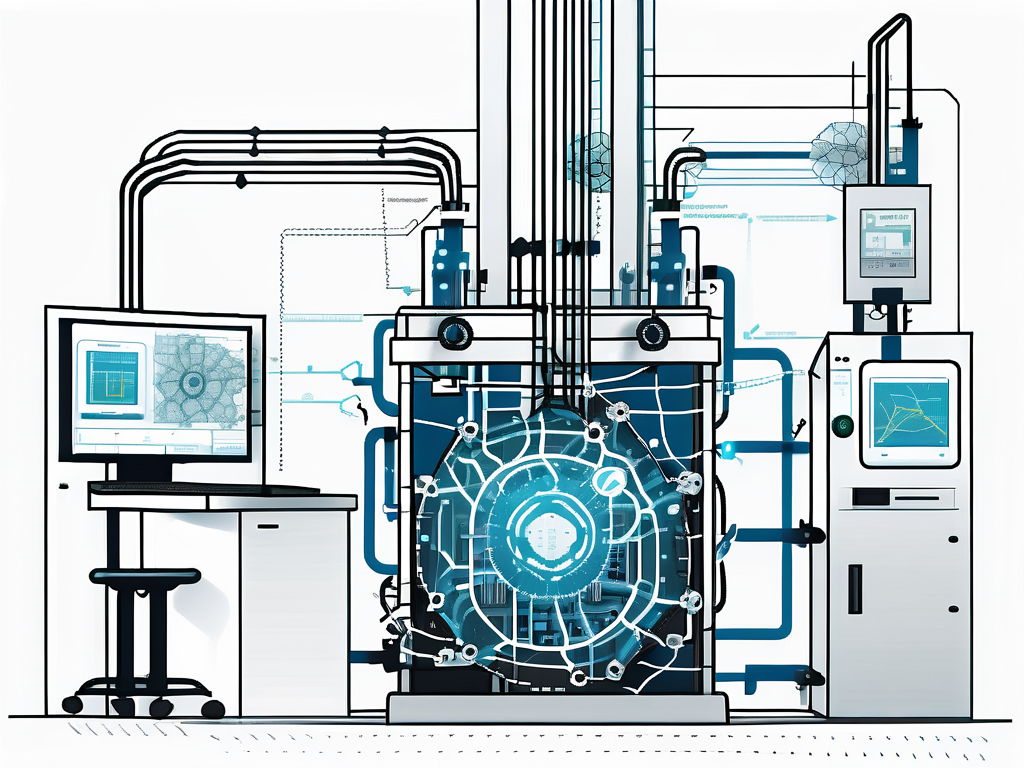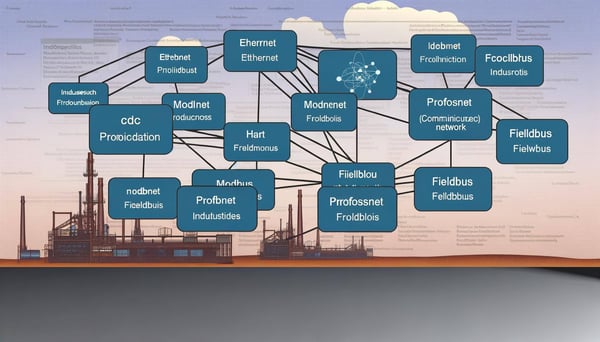
Fundamentals of Optomux
In the complex world of industrial automation, understanding the fundamentals of communication protocols is crucial. One such protocol, Optomux, has been a reliable and robust choice for many industries over the years. This article will delve into the intricacies of Optomux, providing a comprehensive understanding of its operation, benefits, and applications.
Understanding Optomux
Optomux is a serial network protocol designed for the industrial environment. It was developed by Opto 22, a renowned company in the field of industrial automation and control. Optomux is known for its simplicity and reliability, making it a preferred choice for many industrial applications.
The protocol operates over Ethernet and serial (RS-485) networks, providing a versatile solution for data communication. It is designed to communicate with Opto 22's brain boards and I/O units, facilitating the control and monitoring of a wide range of industrial processes.
Working Principle of Optomux
Optomux operates on a master-slave communication model. The master device, typically a computer or a controller, initiates communication with the slave devices, which are the I/O units. The slave devices respond to the master's commands, sending back data or acknowledging the receipt of commands.
Each Optomux message consists of a command byte, a unit address byte, and a variable number of data bytes. The protocol supports a wide range of commands, allowing for comprehensive control and monitoring of the I/O units.
Benefits of Optomux
Optomux offers several benefits that make it a standout choice in the realm of industrial protocols. Its simplicity and reliability are among its most significant advantages, but there are several other benefits that it provides.

Firstly, Optomux is highly efficient. It uses a compact message structure that minimizes network traffic, ensuring quick and reliable data transmission. This efficiency makes it an excellent choice for applications where speed and reliability are paramount.
Flexibility and Scalability
Optomux is highly flexible and scalable. It supports a wide range of I/O units, from simple digital and analog units to more complex units like PID controllers and serial communication modules. This flexibility allows it to be used in a wide variety of applications, from simple control tasks to complex automation systems.
The protocol is also highly scalable. It supports up to 256 I/O units on a single network, allowing for large-scale systems to be implemented without the need for additional network infrastructure.
Robustness and Reliability
Optomux is designed for the harsh conditions of the industrial environment. It uses error detection and correction mechanisms to ensure reliable data transmission, even in the presence of electrical noise and other disturbances.
Furthermore, the protocol's master-slave communication model ensures that all devices on the network are continually monitored, allowing for quick detection and resolution of any issues. This robustness and reliability make Optomux a trusted choice for critical industrial applications.
Applications of Optomux
Thanks to its versatility, efficiency, and reliability, Optomux finds use in a wide range of industrial applications. It is particularly well-suited to applications that require robust and reliable data communication, such as process control, machine automation, and data acquisition.

Process control is a common application for Optomux. In these systems, the protocol is used to communicate with I/O units that monitor and control various process parameters, such as temperature, pressure, and flow rate. The protocol's efficiency and reliability ensure that these parameters are accurately monitored and controlled, ensuring optimal process performance.
Machine Automation
In machine automation applications, Optomux is used to control and monitor the operation of various machines and equipment. This can include anything from simple machines like pumps and conveyors to complex machinery like CNC machines and robotic arms.
The protocol's flexibility and scalability make it an excellent choice for these applications, as it can support a wide range of I/O units and can be easily scaled to accommodate large systems.
Data Acquisition
Data acquisition is another common application for Optomux. In these systems, the protocol is used to collect data from various sensors and instruments, which is then processed and analyzed to make informed decisions.
The protocol's compact message structure and efficient data transmission make it an excellent choice for these applications, as it ensures quick and reliable data collection.
Conclusion
Optomux is a versatile and reliable industrial protocol that offers numerous benefits for a wide range of applications. Its simplicity, efficiency, and robustness make it a trusted choice for many industries, from process control to machine automation and data acquisition.
Whether you're an engineer looking to implement a new automation system or a manager seeking to improve the efficiency and reliability of your existing systems, Optomux is a protocol worth considering. Its proven track record in the industrial environment speaks volumes about its capabilities, making it a standout choice in the realm of industrial protocols.



